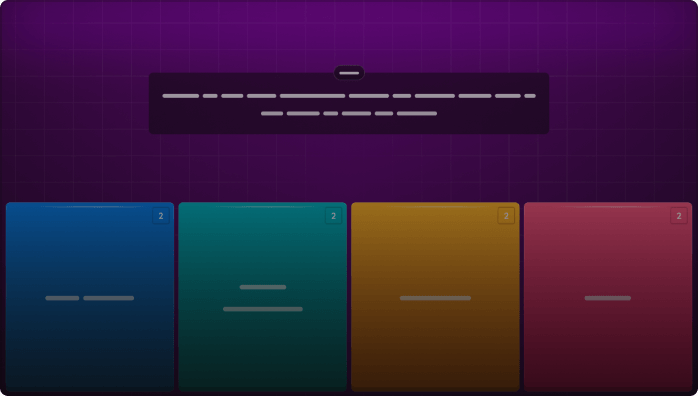
BTEC Sport Level 3 Unit 1 Anatomy & Physiology L.A.D
Assessment
•

Miss McCoy
•
Physical Ed
•
11th Grade
•
109 plays
•
Hard
Student preview

30 questions
Show answers
1.
Multiple Choice
The 'flow of deoxygenated blood to the lungs and oxygenated blood back to the heart' describes which type of circulation?
Double
Systemic
Pulmonary
Cardiac
2.
Multiple Choice
'An upper chamber receiving de-oxygenated blood' describes which chamber of the heart?
Left atrium
Left ventricle
Right Atrium
Right Ventricle
3.
Multiple Choice
'A lower chamber containing oxygenated blood' describes which chamber of the heart?
Left atrium
Left ventricle
Right Atrium
Right Ventricle
4.
Multiple Choice
The ________ __________ of the cardiac muscle has a thicker wall to allow the heart to contract with more force on the oxygenated side.
left side
right side
middle septum
upper side
5.
Multiple Choice
Which blood vessel pumps oxygenated blood at high pressure from the heart to the body.
Pulmonary vein
Vena Cava
Pulmonary Artery
Aorta
6.
Multiple Choice
Which blood vessel returns oxygenated blood to the heart.
Pulmonary vein
Vena Cava
Pulmonary Artery
Aorta

Explore this activity with a free account
Find a similar activity
Create activity tailored to your needs using
.svg)

Unit 2 Heart structure and functions
•

Cardiovascular System Test
•

Heart, Blood and Thermoregulation
•

Cardiovascular System
•

Health Benchmark 1
•

BTEC Anatomy Revision
•

untitled
•

Chest Anatomy
•